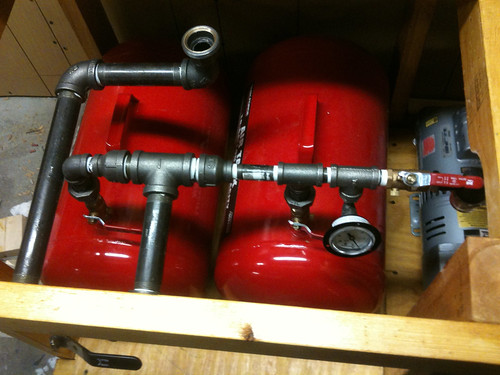monoman527911
New Member
First off let me say hello! Iv been here a while but this is my first post on the RPF so here we go!
Ok so after many months of work and research my Vacuum table is all ready to start pulling
but...
All I have got to make the vacuum is a 3.5 hp shop vac and I'm concerned at the amount of detail I'm guna be able to get with it..
I still haven't really got a grasp on the option of getting a vac pump and tank set up so can anyone help me out with where to start with that or throw some more options out there?
appreciate it :thumbsup
-Steve
Ok so after many months of work and research my Vacuum table is all ready to start pulling
but...
All I have got to make the vacuum is a 3.5 hp shop vac and I'm concerned at the amount of detail I'm guna be able to get with it..
I still haven't really got a grasp on the option of getting a vac pump and tank set up so can anyone help me out with where to start with that or throw some more options out there?
appreciate it :thumbsup
-Steve

